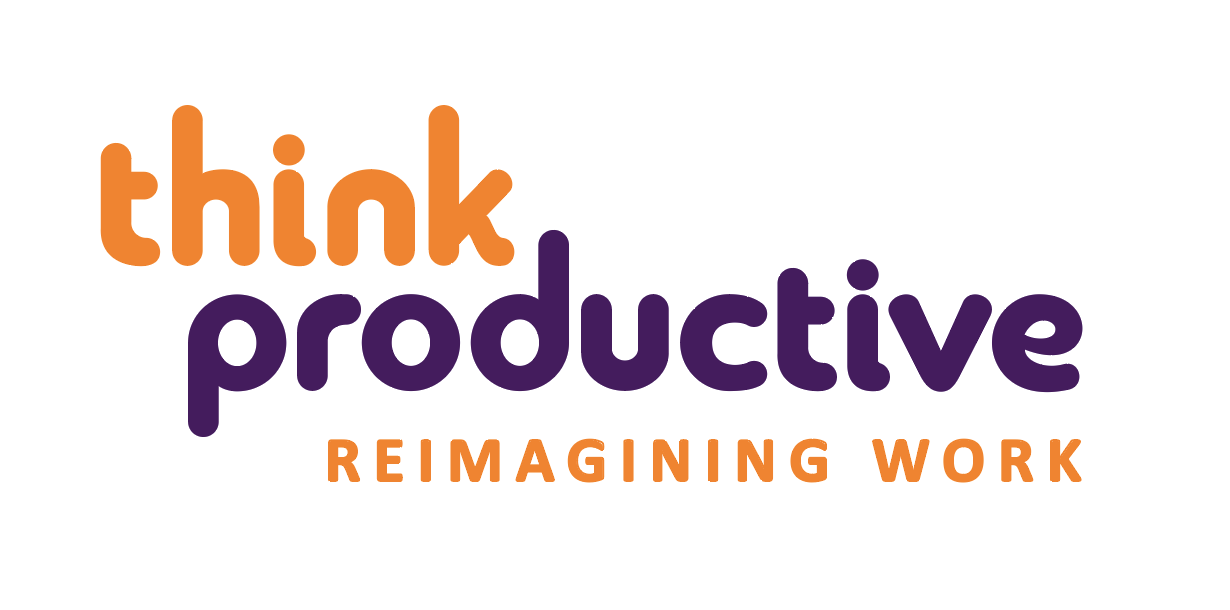The words “meditation” and “mindfulness” conjure up a very specific image in the minds of most people. Thumbs and forefingers pressed together. Wrists resting lightly upon knees. Legs arranged in such a way that they bear closer resemblance to a pretzel than actual functioning limbs.
Forget all of that.
Meditation is simply the act of quieting and focussing the mind. It can be done on the floor or in a chair, in solitude or with others, in absolute silence or with the aid of a “guided meditation” instructor. Plus, with the dozens of guided meditation apps out there (Headspace, Simply Being, Calm, Omvana) you can have your own meditation instructor on the go.
Why meditate?
Meditation comes with a hoard of both mental and physical benefits – especially when it is adopted as a regular feature of your lifestyle.
Physically, meditation can lower high blood pressure, increase your immunity, and speed up your metabolism, with some studies even suggesting it could be helpful in relieving the body of pains and headaches that relate to tension. Mental benefits include an increase in creativity, a decrease in anxiety, and clearer, focused thinking.
Here at the Think Productive Headquarters, we’ve made a habit of fitting in a ten-minute daily meditation session (courtesy of the Headspace app) in between writing our to-do lists for the day, and getting into the full swing of work.
In terms of achieving Productivity Ninja levels of “Zen-Like Calm”, this is the time that we find works best for us. We set out our plans for the day, and then have an opportunity to focus our minds and get some control over our stress levels before tackling the day ahead. That’s both Zen-Like Calm and Ninja Preparedness.
If something is a priority, you can and will find a way to make time for it – and ten minutes out of your day is really nothing once you‘ve considered the benefits of daily meditation.
Like this? Try these
The Student Introduction To Mindfulness
Make The Most Out Of Your Break With An Office Fika
Follow our ‘Mindfulness’ Pinterest board
